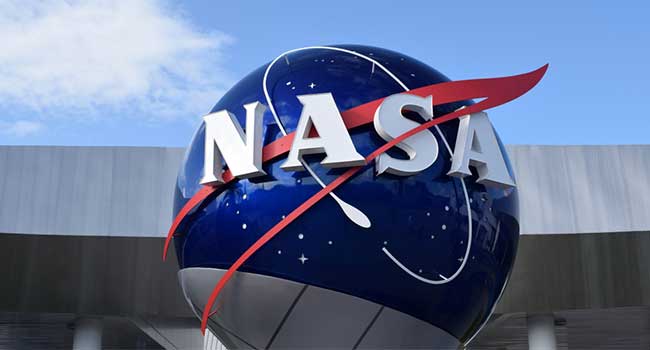
NASA to Boost Data Security with Blockchain Technology
NASA plans to advance its technology security by adding blockchain.
- By Sydny Shepard
- Jan 15, 2019
The National Aeronautic and Space Administration (NASA) plans to advance its technology by adding blockchain to secure air traffic services and support.
The agency is slated to work with Hiperledger Fabric Certificate Authority to control data shared publicly or privately through the use of a blockchain technology. The technology is expected to be different than the blockchain currently used to protect bitcoin.
Ames Research Center, operating as NASA as Euro-computer Engineer, supported that blockchain and smart contract will reduce security issues and employer unidentified private communication with air traffic services. They also stated that using a smart contract will ensure the security of certificates and availability of high-performance communication channels.
“This framework features certificate authority, smart contract support, and higher-bandwidth communication channels for private information that may be used for secure communication between any specific aircraft and any particular authorized member, sharing data in accordance with the terms specified in the form of smart contracts," Ames Research Center said in a white paper. "The prototype demonstrates how this method can be economically and rapidly deployed in a scalable modular environment.”
NASA has been involved in moves to support blockchain projects, just last year it supported a professor at Akron University with $330,000 to promote research on how an Ethereum based blockchain technology can automatically dictate floating debris.
About the Author
Sydny Shepard is the Executive Editor of Campus Security & Life Safety.